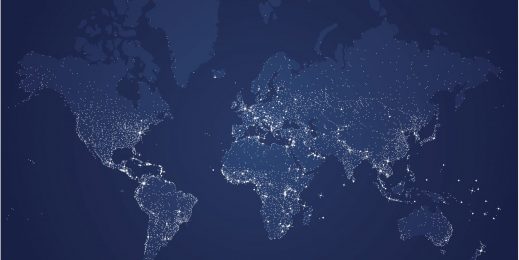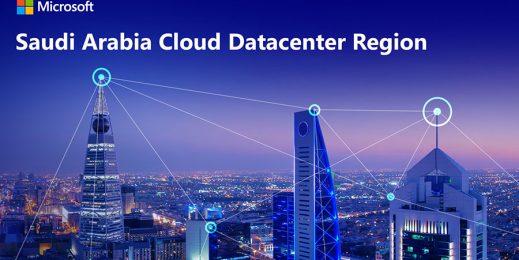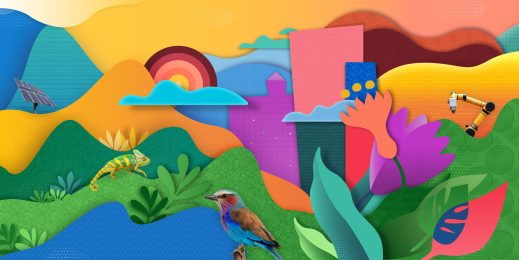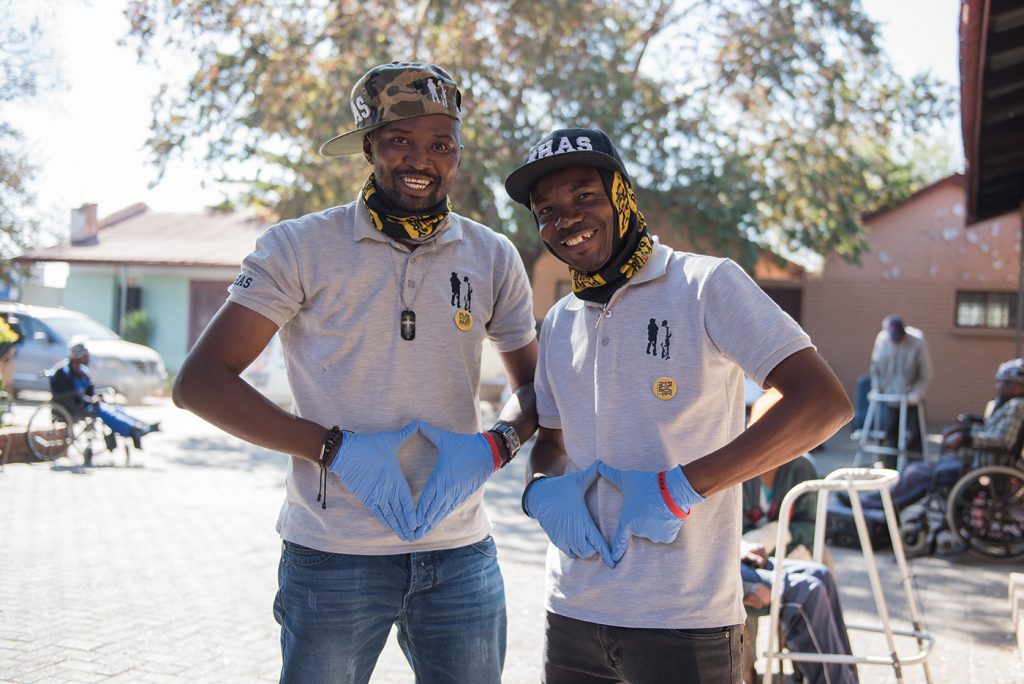
Activism or #slacktivism? Making a difference beyond the computer screen
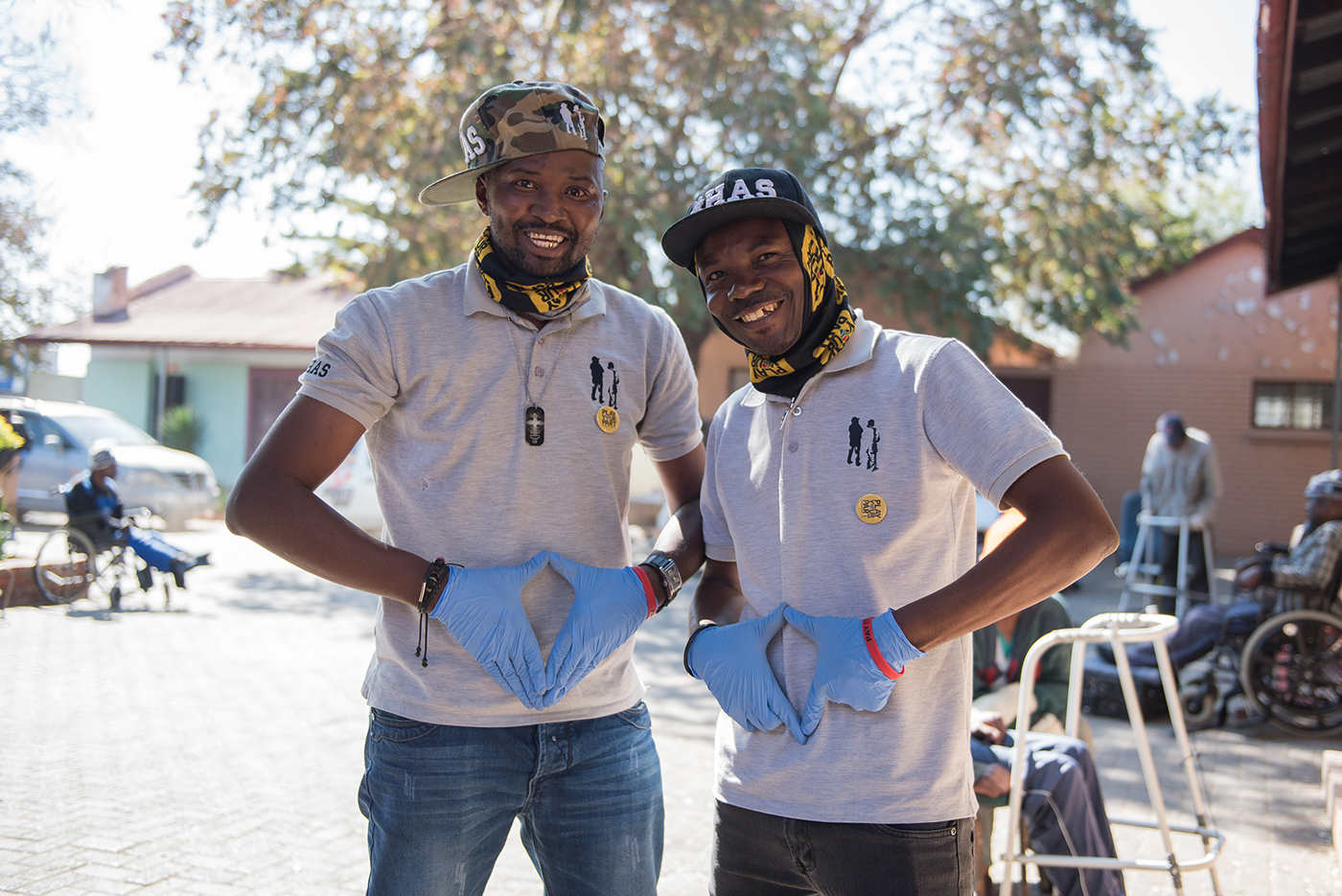
“The revolution will be tweeted”. This phrase became popular during the Arab Spring, when social media played a significant role in the organisation of protests that rocked the Middle East and Africa.
More recently, citizens in South Africa have gone digital to make their voices heard by using hashtags like #ZumaMustFall or signing online petitions that call for South Africa’s president to step down.
But is using a hashtag or signing an online petition true activism? Or is it “slacktivism” – a word used to describe actions performed via the Internet, in support of a political or social cause, but regarded as requiring little time or involvement?
Rim Nour was a young protester during the Tunisian revolution, with a background in technology and public policy. She believes social media didn’t cause the revolution, it simply sped it up, kept it organised and brought it to the attention of the rest of the world. Similarly, political analysts in South Africa say that while intentions to use social media to voice discontent for the government are noble, the only way to make a real change is to vote.
While digital activism can help shape public opinion, plan a protest, protect activists, share a call to action and allow activists to digitally take action, what’s the next step? With technology permeating our lives in so many ways, how can we really use it to make a difference to the causes closest to our heart?
Going the extra mile to uplift underprivileged communities
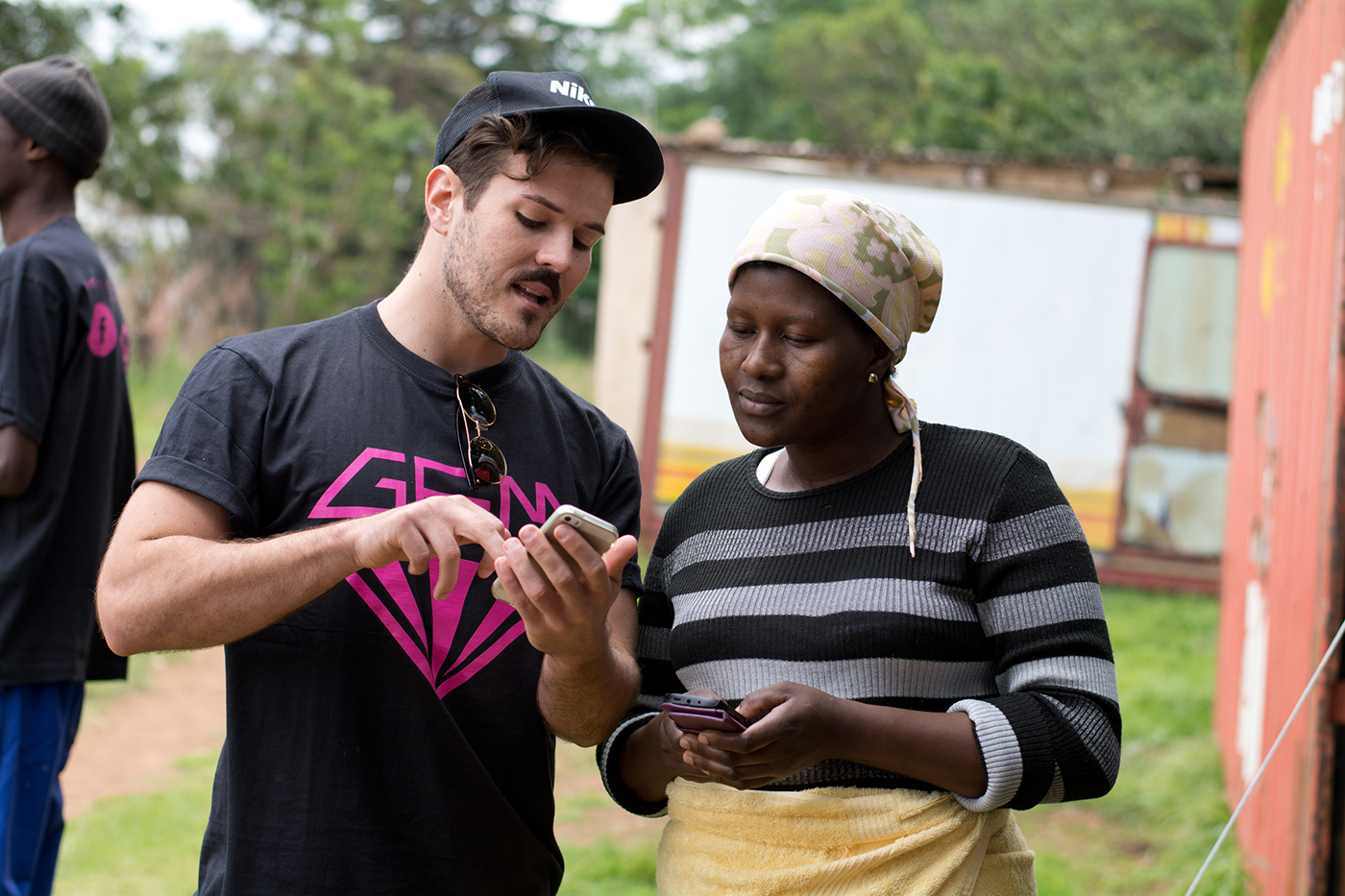
David Shields and Camilo Ramada were curious to find out why people in South Africa weren’t mobilising themselves collectively to improve the living standards in their communities. When their research discovered that it boiled down to a lack of information and incentive, they decided to use technology to change that.
GEM (Going the Extra Mile) is a smartphone app and USSD platform built on a mobile payment technology called Cyclos. When users download the app or use the USSD code, they are presented with a list of activities hosted by GEM’s 37 NGO partners in Johannesburg and Cape Town. Each NGO hosts a regular event, which GEM users can attend, and offer their time and skills. Volunteers are then rewarded with thirty GEMs, which is equivalent to thirty South African Rand. The GEMs can be cashed in for data, airtime, electricity, grocery vouchers and even movie tickets.
“GEM helps members within the immediate community to be proactive and productive in their volunteering, not only because they are given some direction, but also because it appeals to their technologically savvy nature,” says Shields. “At the same time, it guides those who genuinely just want to help out, but don’t know where to start. We often see these individuals donating their GEMs back to the organisation where they volunteered.”
Learning without borders
Technology is a great enabler when it comes to connecting those in need with those who can provide. Just as Shields and Ramada have created a platform for volunteers to become actively involved in improving their communities, so too has a young entrepreneur in Dubai found a way to use technology to connect students with the teachers who can help them succeed.
Thea Myhrvold’s passion for education began when she started teaching two girls with learning disabilities. This inspired her to create one of the first game-based apps for high school students. The success of the game led to numerous requests for Myhrvold to teach online, and so TeachMeNow.com was born.
TeachMeNow.com is a cloud-based platform running on Microsoft Azure, which works on any device. It connects students and teachers all over the world to live online sessions, and can be customised, translated and even adapted for students with learning disabilities.
“We empower those who want to learn and connect them to top experts, regardless of their location or economic status. We also see professionals who want to learn and get ahead in their career,” says Myhrvold. “Our first class happened between a student in Saudi Arabia and a teacher in Venezuela. We are making learning accessible and creating jobs for those who have knowledge to share. We are currently working on a partnership with several international charities where mentors, corporates and teachers can donate their time to youth in need through the platform.”
Turning passion into action
In a similar vein, Lebogang Madise’s passion for technology inspired her to learn how to code and develop solutions that could change the world. To date, she has built more than 30 apps, but perhaps more importantly she aspires to be a pioneer in solving socio-economic problems through technology. She is taking the first steps to achieving this by being a facilitator at mLab Southern Africa to teach others the skills she believes are essential to change the world in the 21st century. She is also a member of the Institution of Electrical and Electronic Engineering (IEEE), where she is involved in the Humanitarian Activities Committee and works closely with a group advocating for women in engineering.
“As a facilitator at mLab Southern Africa, I believe I am a co-creator in some of the start-ups that are disrupting the industry with their impact-centred solutions,” says Madise. “Having been exposed to the world of engineering and software development, I know it’s possible to find innovative ways of solving problems. I would like to use the knowledge and experience I am gaining to one day be a projects coordinator for human-centred technology.”
Taking action to prevent accidents
But while we often think of activism as synonymous with humanitarian action, improving access to education or building a community, at its core activism is simply about taking action where there is a need.
That’s exactly what telecommunications engineer, Asmaa, had in mind when she created an app to increase road safety and help with the response to car accidents. This was particularly important to her as an Egyptian citizen because over 12,000 people die every year in car accidents in the country.
“In the last few years I have witnessed too many car accidents that caused deaths to many youths. My friends have experienced two unfortunate car accidents and it has forced me to think about finding a solution to avoid such tragedy again,” says Asmaa.
After spending time at Microsoft’s Social Innovation Hub, she was able to take action by creating an app that detects sudden and irregular movements from the user’s phone, and automatically alerts emergency services in case of an accident.
Following through with digital activism to make a real difference
These millennials illustrate just how technology can facilitate so much more than mere slacktivism. They are using the technological tools available to them to make a more significant difference than simply adding a hashtag to their latest social media post. The first step is to ensure young people are empowered with the STEM skills needed to use technology for good.
While a hashtag or temporary profile picture usually does little more than allow social media users to jump on the latest bandwagon, there have been times when a hashtag has made a difference. Following the #IceBucketChallenge in 2014, the ALS association was able to use money raised from the initiative to help scientists discover an important gene contributor of the disease.
“While digital activism [like #IceBucketChallenge or #ZumaMustFall] has a place, there is often no follow through,” says Shields. “However, it is playing an important role in helping the masses understand politics and society at large better, and helping them realise that they do have the power to make a difference in some small way.”
Perhaps digital activism, and following through with it, is the first step in nurturing more of the type of thinking we are already starting to see change the world with the help of technology. Whether that change will be realised by starting a revolution, improving education or just making lives somehow easier, it’s about evolving thoughts and words into actions, and using the tools available to make the change as effective and sustainable as possible.





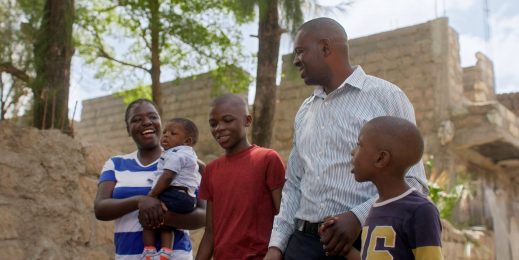

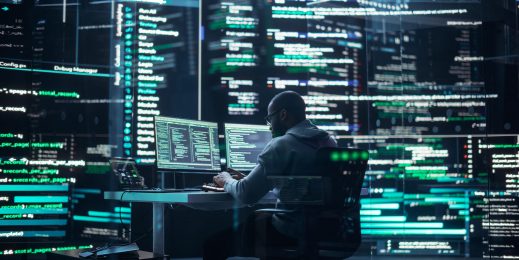

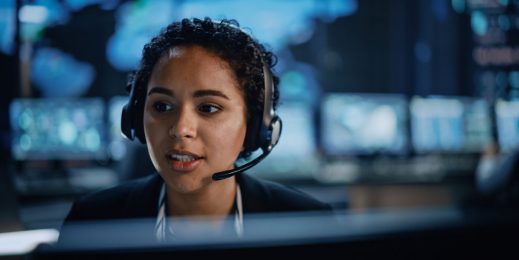
![A security team analyses key data from a visual dashboard.]](https://news.microsoft.com/wp-content/uploads/prod/sites/133/2023/04/Security-Sprint_TL_Banner-Image-519x260.jpg)
